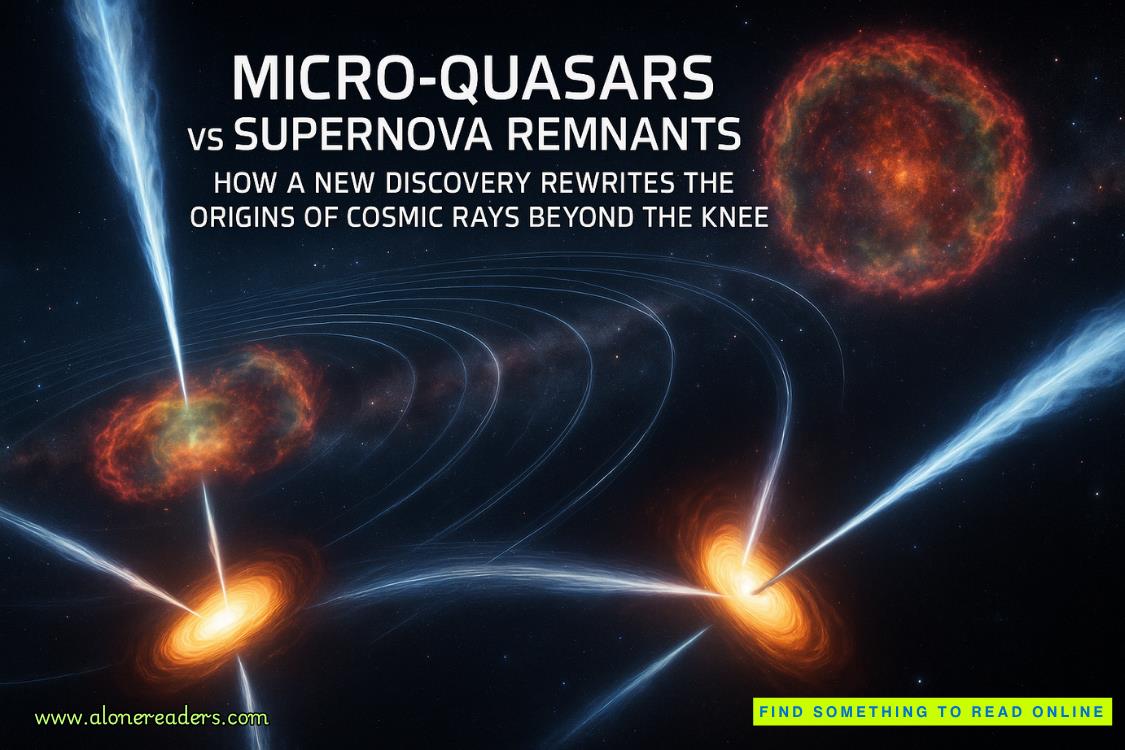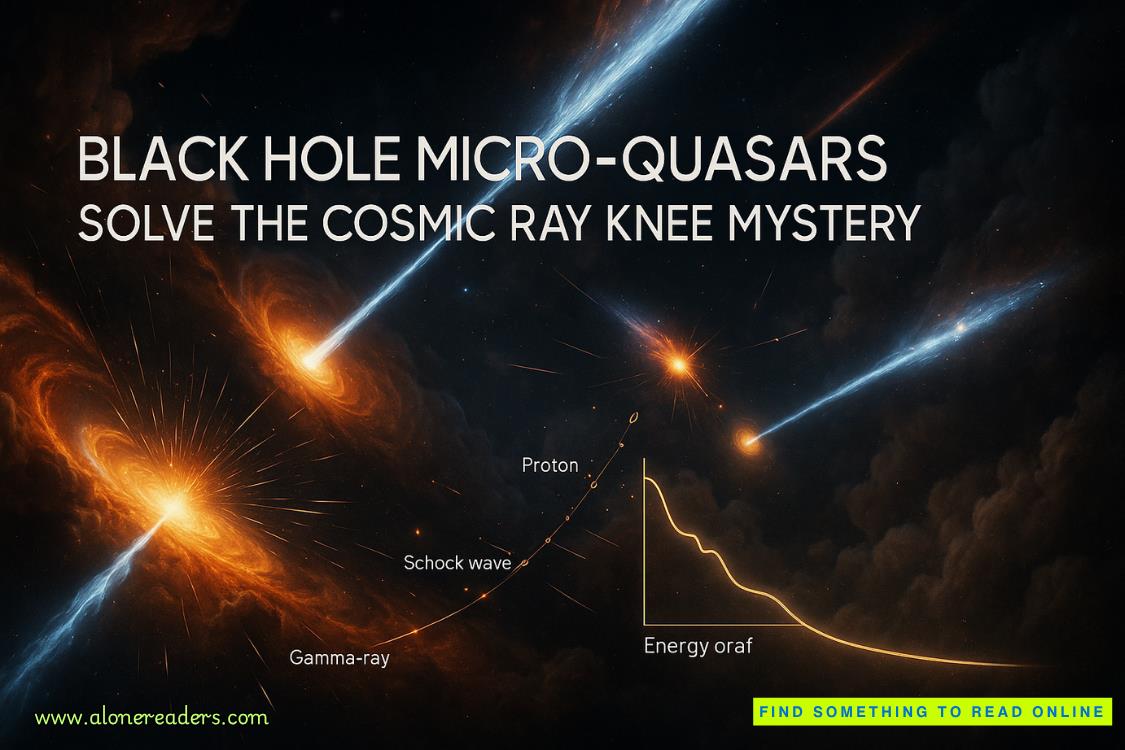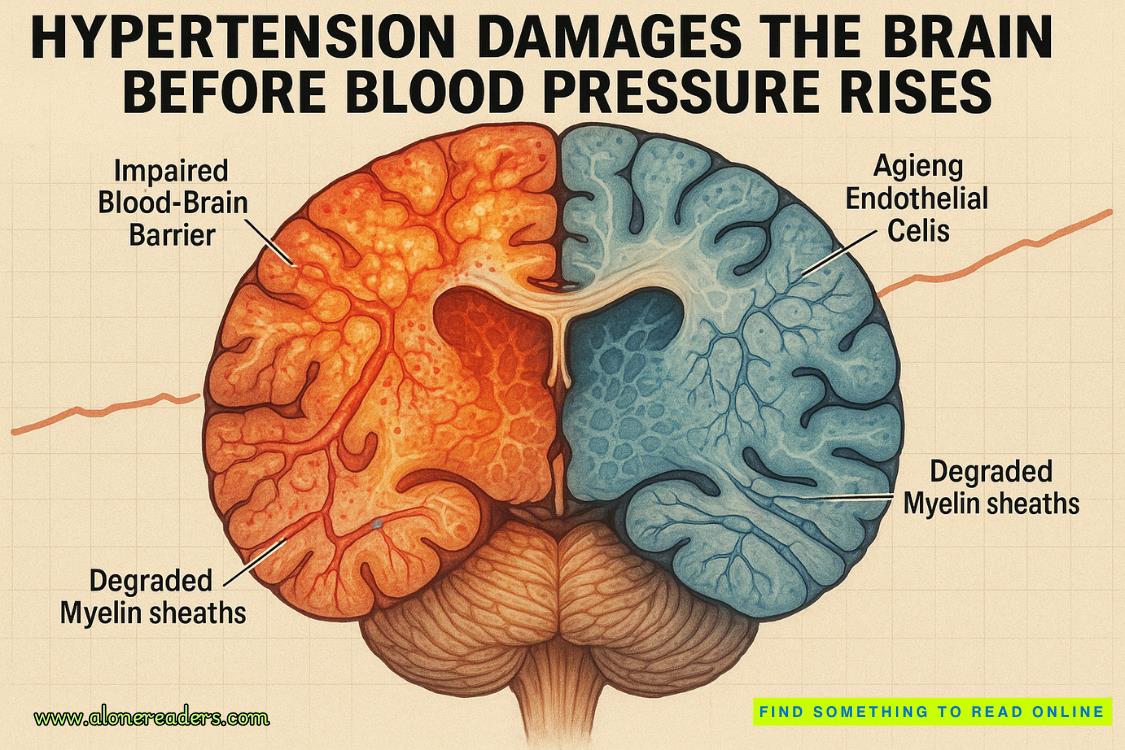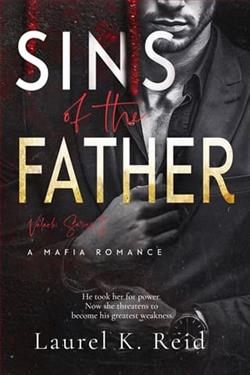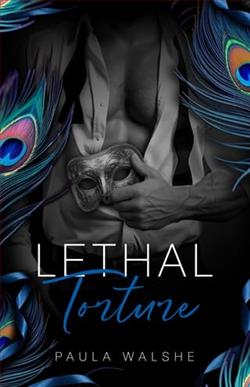Page 133 of Whistle
The first car derailed at 7:48 p.m. The others that ran off the rails did so in quick succession. The explosions were immediate. Two propane cars that blew up almost simultaneously sent dark clouds billowing nearly a mile into the air. Smoke was seen from as far away as Brattleboro.
There was blast after blast, likely leading many to believe, at first, that there was an earthquake.
(In its report, the NTSB used the word “likely,” given that there were no survivors to recount what thoughts might have been going through their heads at the time.)
Many of the homes situated close to the rail line were effectively vaporized by the explosions, and those living within them would have died instantly. In retrospect, they were the lucky ones.
Those who ran outside to view the spectacle faced a different fate, and more quickly than individuals who remained in their dwellings. Investigators were able to conclude that the number of people who did this was very high, given how many bodies were found in yards and on sidewalks and in the middle of streets across Lucknow.
But remaining inside only bought people some time.
The chlorine cloud that settled onto the town like a smothering pillow quickly worked its way into all structures through ventilation systems, open windows, people throwing open their doors to see what was happening.
Regardless of how quickly the chlorine gas reached the good citizens of Lucknow, death came to them all. There were many, of course, who were not in town at the time. Some were on vacation. Some worked evening shifts in areas outside of Lucknow. But, as this was evening, and most people were home after spending a day at schools or jobs, the toll was high.
Initial symptoms would have been coughing and irritation to the eyes and nose. Those symptoms would quickly have escalated to a complete constriction of the air passages, and a burning sensation in the lungs. Many would have died within a few minutes, some would have taken up to thirty.
Of the 4,386 people residing in Lucknow (according to the latest census, of course) only 295 survived, because they were out of town.
The authors of the NTSB’s report were hesitant to say with absolute certainty that a hot box was the cause, but it seemed the most likely. Much of the wreckage was so charred, it was as though it had been through a nuclear blast. There was a degree of speculation about what had caused the incident.
Not surprisingly, no one came up with a theory that was even remotely close to the true cause—the derailment of a string of toy tanker cars on a layout created by something inhuman and unholy.
In retrospect, perhaps one of the lucky ones that evening was Lucknow police chief Harry Cook, who had bled to death from the wounds inflicted on him by Edwin Nabler before the first tanker car’s wheels had jumped the track. His death was undoubtedlypainful, but perhaps not quite as horrific as not being able to breathe and feeling as though your lungs were on fire.
His body was not found in the back of Choo-Choo’s Trains. It was surmised that Chief Cook must have been one of the first to rush to the scene, as his body, later identified by a badge that had survived the fire, was found in the wreckage of the tanker cars. His remains were so severely burned that the doctor performing the autopsy did not find, nor think to look for, a number of stab wounds.
Having perished when he did, he was spared the knowledge of what had happened to those who meant the most to him.
Because Janice was dead. She died on the street with their son, Dylan, holding him in her arms as he struggled to breathe and the chlorine cloud enveloped them.
Stick and Nancy, from police headquarters, died on the way to the scene, the gas filling the car through the air vents.
Jenny, sitting at home with her feet up, watchingJeopardy!after a long day at the diner, had drifted off to sleep and woke up, briefly, with a horrific burning in her lungs.
Those still mourning recently lost loved ones—Auden Pidgeon and his mom; the Tanner and Hillman families, Delbert Dorfman’s mother—mourned no more.
Wendell Comstock caught a break. He had already moved away.
The only one in the town at the time of the disaster who did not die was the owner and manager of Choo-Choo’s Trains.
Before choosing to lie low for a while, Nabler took a stroll about the town before hundreds of emergency responders descended, and marveled at what had happened. Bodies everywhere he went. Unparalleled devastation.
Those who operated within the sliver, the ones who’d brought down jets and caused dams to burst and set entire apartment buildings on fire, well, Edwin Nabler felt he could hold his head up with the best of them now.
He would have to think about how to move forward. For anyone else in the sliver, this would be a crowning achievement, no doubt about it.
But Nabler was not done yet.
Part V
Annie
Forty-Nine
At first, Annie thought it would be impossible.
Once she was on the road, having thrown some of Charlie’s things into a bag and tossed it into the back of the car, she asked Sherpa for help finding the fastest route from where she and Charlie had been staying the last couple of weeks to Lucknow, Vermont. What came up was a route that would take her north to Syracuse, where she would catch I-90 east, which would eventually take her through Albany before reaching the New York–Vermont border. Once she was into Vermont, Lucknow wasn’t that far, but in total, her navigation system was telling her it was more than a four-hour drive.

